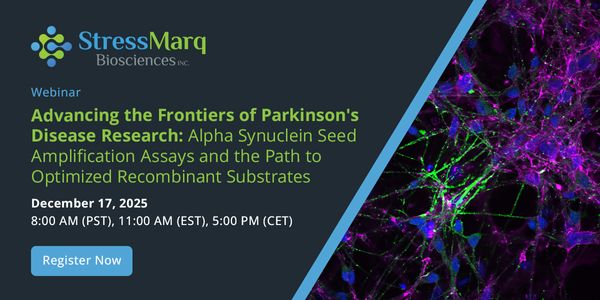
-
Dr. Gregory Vladimer
CSO and Scientific Co-founder, Allcyte GmbHBIOGRAPHY
DATE: December 06, 2018
TIME: 15:00 GMT, 16:00 CET, 10:00 EST, 07:00 PST
High-throughput confocal microscopy has changed the way drug screening can be performed, by enabling the detection of single-cell phenotypes after small molecule or biological perturbation. Combined with advances in image analysis, which have allowed for the quantification of these single cell events, it opens new doors for large phenotype-focused studies. However, these technologies have historically been used with adherent cell lines. By amending these technologies to non-adherent cells, we can perform image-based screening directly in primary material, enabling more clinically translatable drug screening, and ultimately, functional precision medicine. An ongoing clinical trial, from the Center of Molecular Medicine of the Austrian Academy of Sciences and the Medical University of Vienna, combined multiparametric immunofluorescence with high-throughput automated microscopy and single cell image analysis, to quantify tumor-cell specific biological parameters of millions of adherent and non-adherent individual cells from primary samples to prioritize treatment options for patients with late-stage hematological malignancies. An interim analysis revealed that patients receiving treatment prioritized by this program had a longer progression-free survival on this therapy than the prior round of therapy. This style screening can be further combined with epigenetic screening to rationally uncover combination treatment options for specific indications. Lastly, using images of multi-lineage cells from the haematological system, and novel statistical algorithms, we can quantify the propensity of cells to physically interact with each other, thereby mapping the effect of ex vivo stimuli on immune responses, and potentially uncover new immunomodulatory drugs.
Learning Objectives:
- How functional precision medicine can be enabled through single-cell image based screening of malignant patient material,
- How the combination of functional screening through high-throughput imaging and genetics can reveal clinically relevant drug combinations that may be missed by using single-screening approaches,
- How mapping physical immune responses through cell-to-cell contacts revealed in images can show unknown mechanisms of drugs.
Please update your information
Certificate of Participation
DOWNLOAD CERTIFICATE






